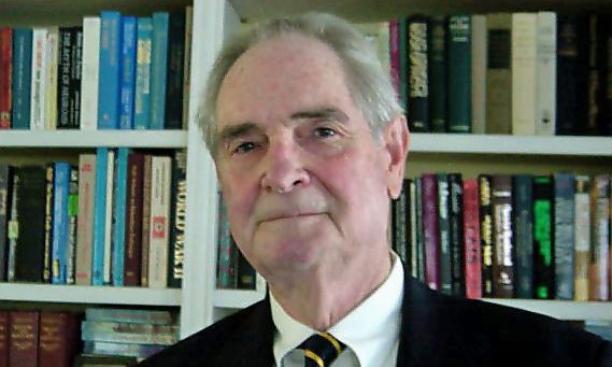
In 1972, William Hamilton ’54 was a young doctor, a graduate of Columbia’s College of Physicians and Surgeons, when one conversation changed the path of his life forever. George Balanchine, one of the 20th century’s most prominent choreographers and a co-founder of the New York City Ballet, asked him if he wanted to take care of the organization’s 100-or-so dancers, and Hamilton immediately said yes. But despite the fact that his practice was located just blocks from Lincoln Center, Hamilton knew very little about New York’s ballet scene at the time.
“I realized right away that I didn’t know as much about ballet as I should, so I started going over to Lincoln Center on the weekends and watch Balanchine’s classes to learn the steps and movements,” he says. “It was magical in the theater during [the ’70s], and I fell in love with it.”
Nearly 45 years after that initial conversation, Hamilton is still working for the New York City Ballet and is a practicing orthopedist in New York City, where he specializes in diagnosing problems related to the foot and ankle. He’s also worked with New York’s other prestigious ballet company, American Ballet Theatre, since the 1980s. Additionally, Hamilton also treats athletes and has served as an orthopedic consultant for the New York Knicks and the New York Yankees.
An engineering major at Princeton, Hamilton says his undergraduate background often comes in handy in orthopedics, which deals with “muscles, joints, levers, and pulleys — orthopedics is sort of applied anatomy,” he says. He often sees patients who have sprained ankles, tendonitis, or pulled muscles, all of which can be treated with rehabilitation and a physical therapist. Thanks in part to Hamilton’s research, lectures, and writings about the field of dance medicine, career-ending injuries are now almost unheard of in the dance world.
The job, which Hamilton describes as “fame without fortune,” does have its perks: Over the years, he has attended thousands of productions, sometimes with front-row seats or backstage access. He declines to name names, but acknowledges that he has taken care of “most of the big-timers” in the dance world. He even met his wife, Linda, when she was dancing with the New York City Ballet.
Hamilton, who will turn 85 next year, knows his career has an end in sight, but isn’t ready to retire just yet. He’s still giving talks about dance medicine (he’ll be in Canada to do a TED-style talk this month) and practicing orthopedics in New York.
“I would have retired a long time ago if it wasn’t for the dancers,” he says. “It’s still such a privilege to play a part in what goes on in the theater. To see a [previously] injured dancer onstage that you took care of — to see them up on stage and dancing and performing — it’s very rewarding because they love what they do. They just want to dance, they wouldn’t want to do anything else.”
